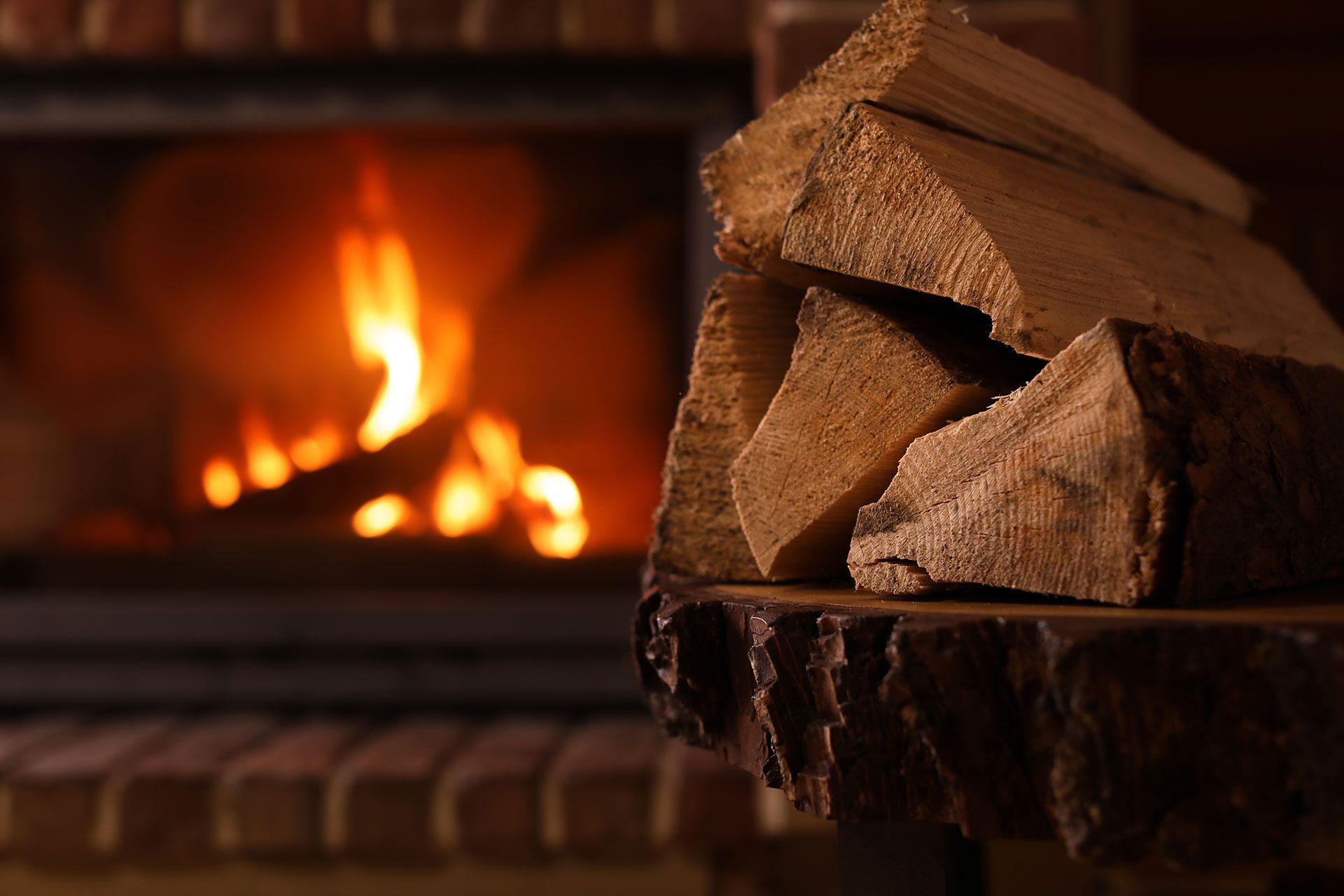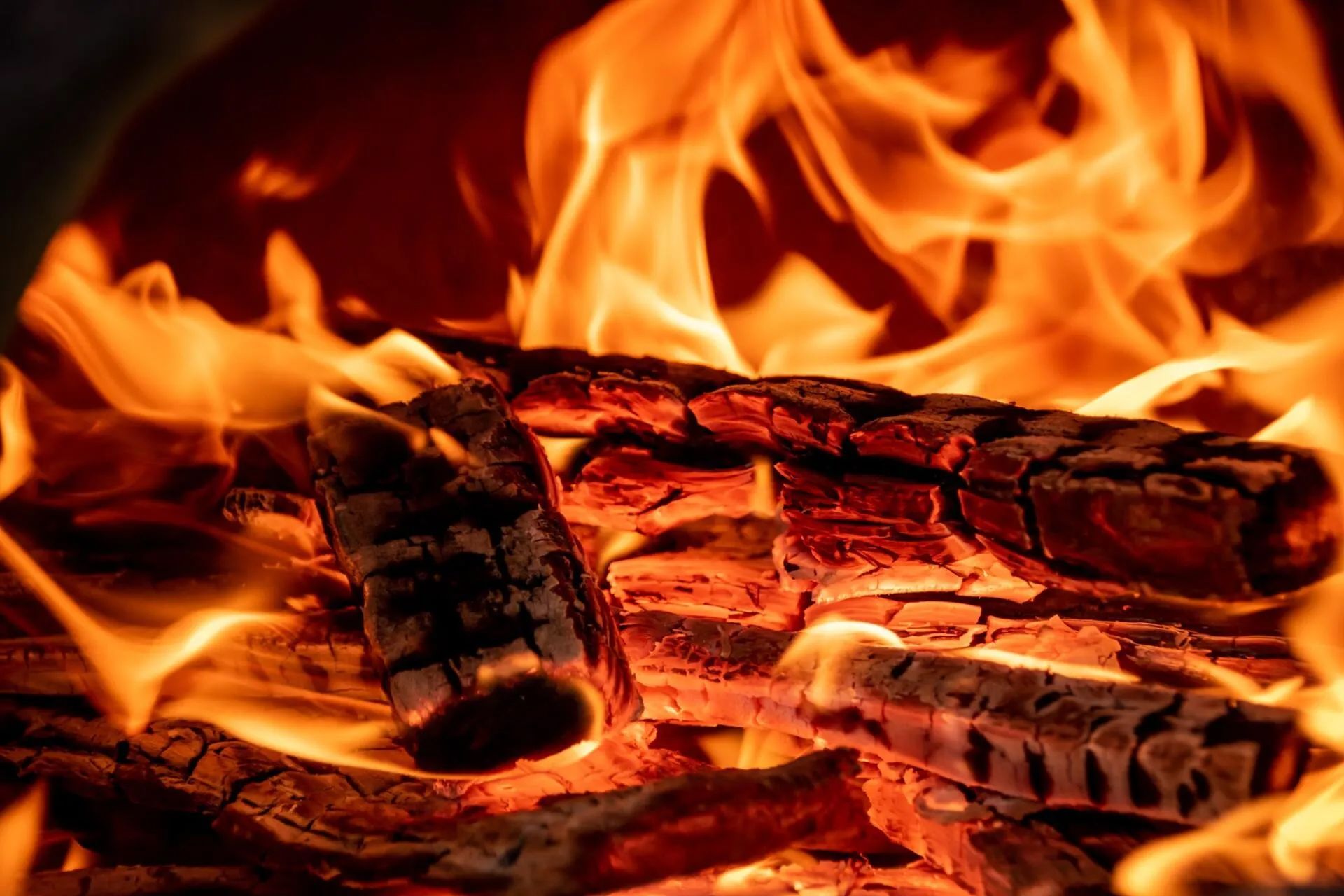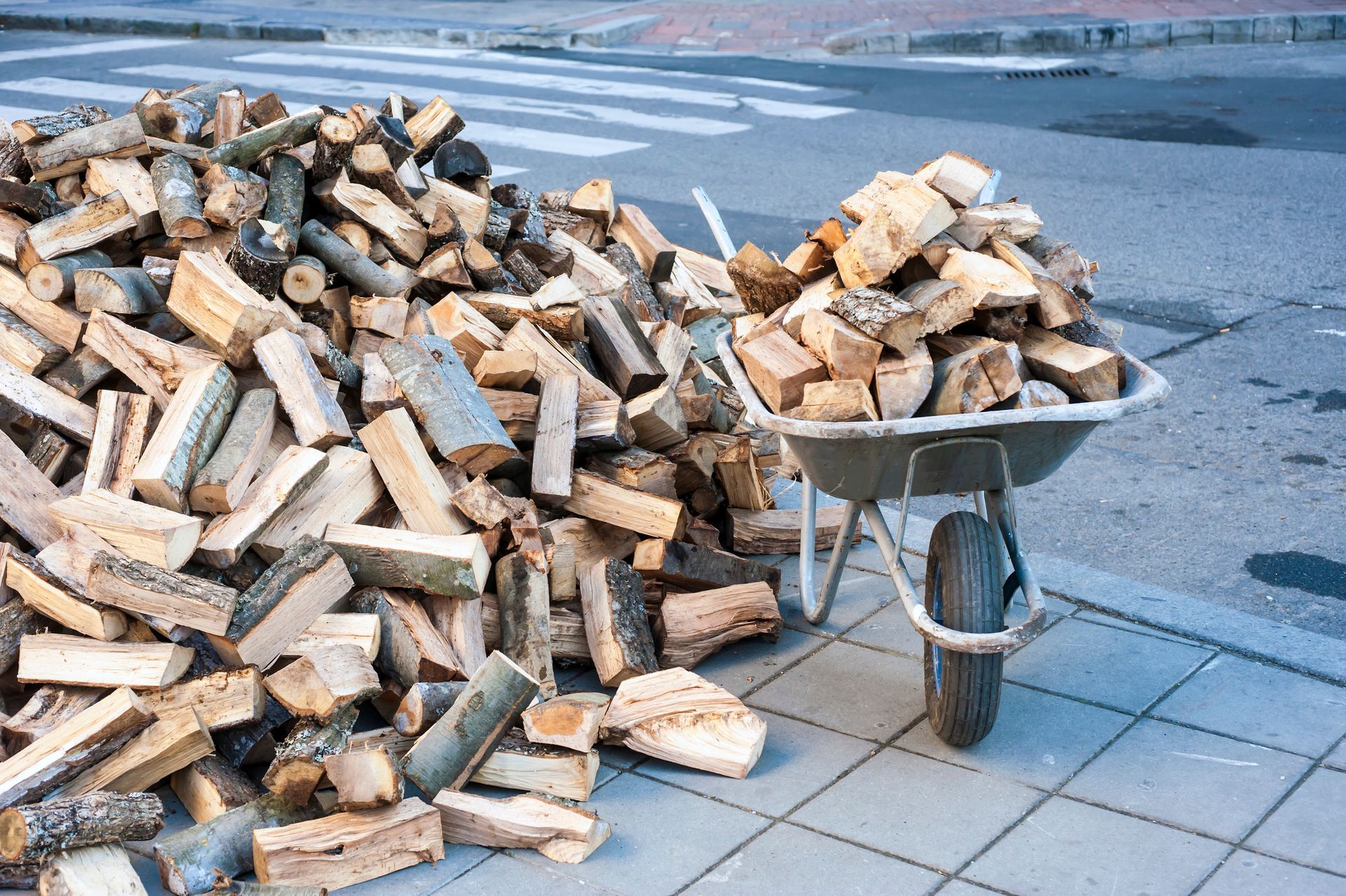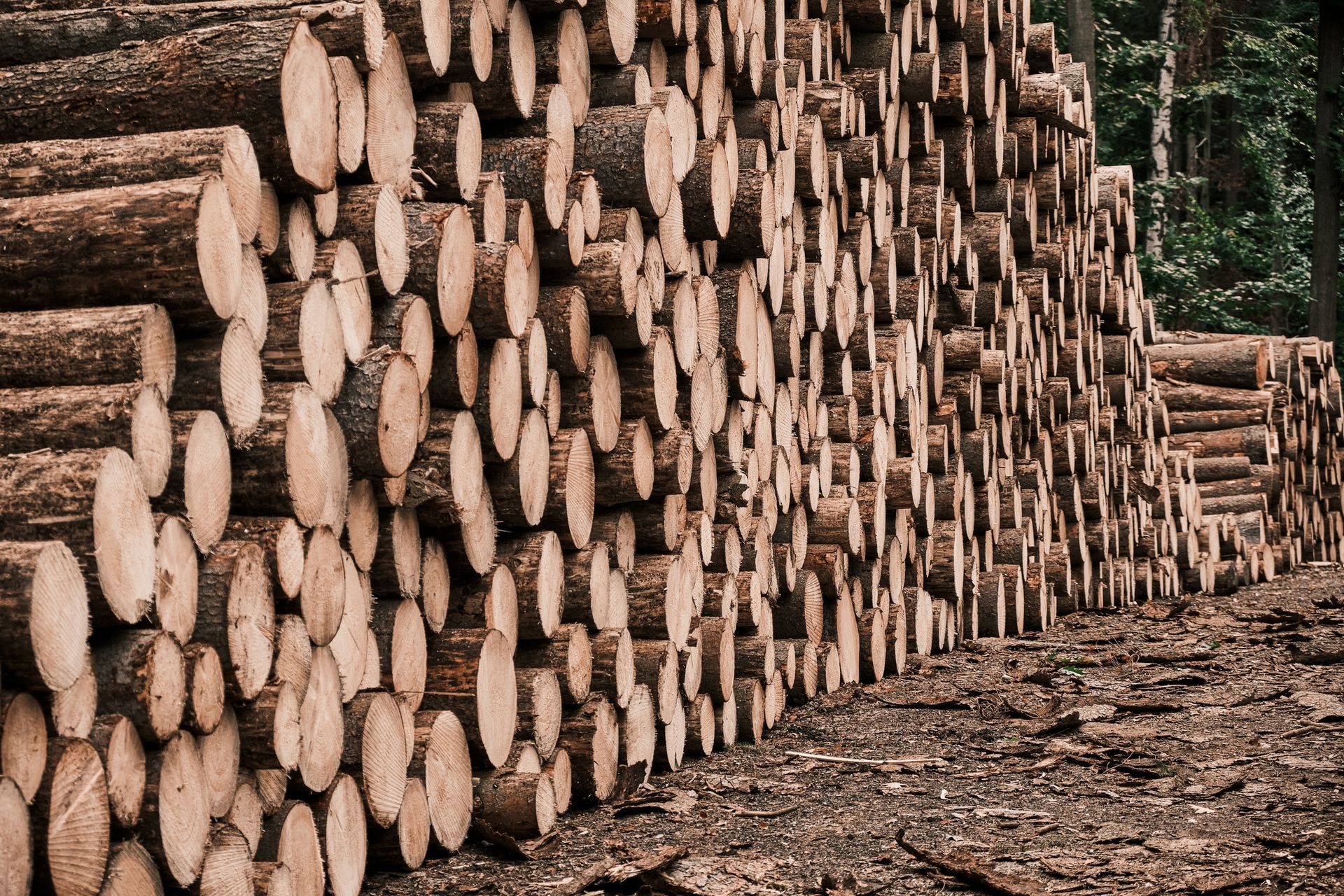Tips for Efficiently Using Firewood to Keep Warm in the Fall and Winter Seasons
Five Ways to Use Firewood Efficiently This Fall and Winter
When the temperature begins to drop, nothing beats the cozy warmth of a crackling fire. But burning through your firewood supply too quickly can leave you scrambling for more—or facing hefty heating bills. The good news? A few simple techniques can help you maximize every cord while keeping your home comfortably warm all season long. Whether you're heating your entire home or supplementing your primary heating system, these practical tips will help you get the most from your firewood investment.
Choose the Right Wood for Maximum Heat Output
Not all firewood burns the same. Hardwoods like oak, maple, and birch produce significantly more heat per cord than softwoods such as pine or fir. While hardwoods cost more upfront, they burn longer and hotter, making them more economical over time.
Oak remains the gold standard for heating, burning slowly with consistent heat output. Maple ignites easily while providing excellent heat, and birch offers a pleasant aroma with steady burning. Save softwoods for kindling or shoulder season burning when you need quick heat rather than long-lasting warmth.
Ensure Proper Wood Storage
Moisture is the biggest threat to your firewood. Wet wood produces less heat, creates more smoke, and burns inefficiently. Properly seasoned firewood should have a moisture content below 20%. Store your wood in a covered area with good air circulation, raised off the ground to prevent moisture absorption. Stack loosely to allow airflow between pieces, and cover only the top—wrapping sides prevents proper drying. Face your woodpile south when possible to take advantage of natural sun drying.
Practice Efficient Fire-Building Techniques
Your fire-building technique directly impacts efficiency. Start with a foundation of larger logs, then add medium-sized pieces, topped with kindling and tinder. This "top-down" method creates a longer-burning fire that requires less tending. Once established, maintain your fire by adding one or two logs at a time rather than loading multiple pieces at once. This approach ensures complete combustion and maximum heat output. Keep your fireplace damper properly adjusted—too open wastes heat up the chimney, while too closed reduces airflow and efficiency.
Time Your Fires for Long-Lasting Heat
Strategic timing helps you maintain consistent warmth while using less wood. Start your fire 2-3 hours before you typically feel cold, allowing your home to gradually warm. Banking coals overnight extends heat output—rake hot coals forward, add one large log, then rake coals over the new wood. During milder fall days, burn smaller amounts to avoid overheating your space. Save your premium hardwoods for the coldest winter months when you need maximum heat output.
Consider Implementing Zone Heating
Use your fireplace or wood stove to heat the rooms you use most, while lowering your thermostat for the rest of the house. This zone heating approach can reduce your overall heating costs while making your firewood supply last longer. Close doors to unused rooms and use fans to circulate warm air from your wood-heated space to adjacent areas. Even a small reduction in your home's thermostat setting can significantly extend your firewood supply.

Keep Firewood Stocked with Wooden Nickels
Efficient firewood use starts with quality wood from a reliable supplier. These techniques will help you maximize every cord, but having a steady supply of properly seasoned hardwood makes the biggest difference in your heating efficiency. Contact Wooden Nickels for premium firewood delivery throughout Falmouth, Portland, Windham, Yarmouth, and surrounding Maine communities. Our seasoned firewood is prepped and ready to keep you warm all winter long.



